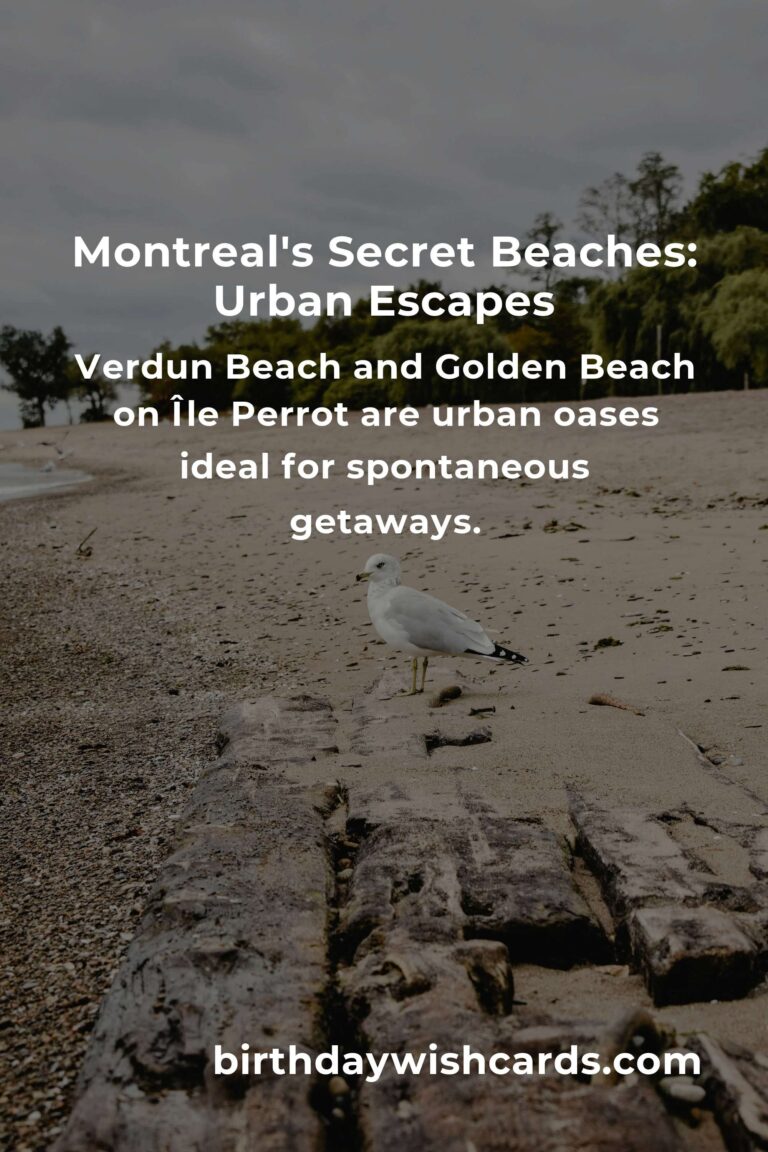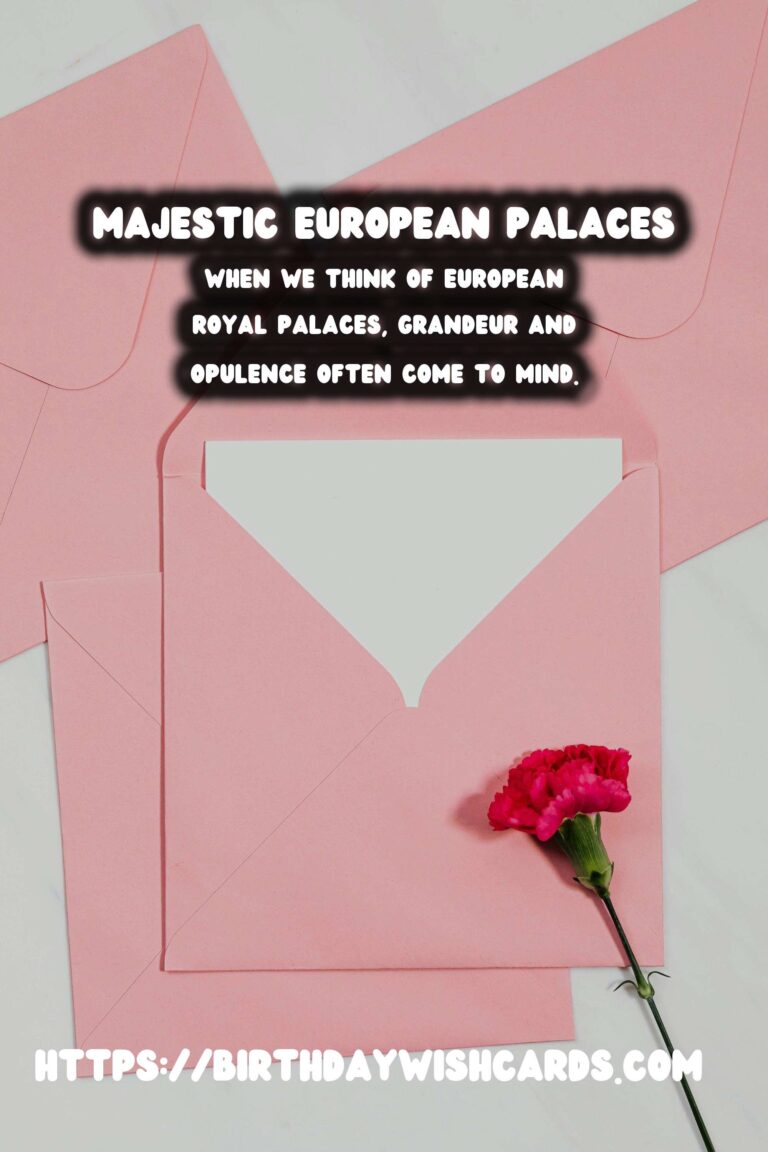
When we think of European royal palaces, grandeur and opulence often come to mind. These magnificent structures stand not only as architectural masterpieces but as repositories of history. Every nook and cranny of these palaces whisper secrets of bygone eras, carrying tales of former monarchs, courtiers, and historical events that shaped entire nations.
The Palace of Versailles: More Than Just Splendor
The Palace of Versailles, located just outside of Paris, is perhaps one of the most recognized royal residences in the world. However, beneath its glittering chandeliers and lavish halls lies a history of power, intrigue, and revolution. Originally a hunting lodge for Louis XIII in 1623, it was transformed into a symbol of absolute monarchy by his son, Louis XIV, the Sun King. Versailles became the seat of political power in France until the French Revolution in 1789, when Louis XVI and Marie Antoinette were forced to flee.
The Treaty of Versailles, which ended World War I, was signed in the Hall of Mirrors in 1919. This palace’s role in international diplomacy has left an indelible mark on world history.
Windsor Castle: A Royal Fortress
Windsor Castle, the oldest and largest inhabited castle in the world, has been the family home of British kings and queens for nearly 1,000 years. Established in the 11th century by William the Conqueror, it has withstood wars, fires, and sieges.
During the English Civil War, it served as a military headquarters for parliamentary forces, and in more recent times, it withstood a devastating fire in 1992, showcasing British resilience. From its Gothic architecture to its dazzling St. George’s Chapel, Windsor Castle encapsulates the history of the British monarchy and remains a symbol of continuity through centuries.
Prague Castle: Stories from the Past
Perched above the Vltava River, Prague Castle is a sprawling complex that holds significant cultural and historical importance. It served as a seat of power for Bohemian kings, Holy Roman emperors, and Czech presidents.
Founded in the late 9th century, the castle is a testament to various architectural styles, from Romanesque to Gothic. The Defenestration of Prague in 1618, where two imperial officials were thrown out of a castle window, sparked the Thirty Years’ War, underlining the castle’s importance in European history.
Vienna’s Schönbrunn Palace: Reflections of Empire
Schönbrunn Palace in Vienna is a reflection of the Habsburg monarchy’s might and cultural impact. This UNESCO World Heritage site was the principal summer residence of the Habsburg rulers, and it witnessed pivotal moments of Austrian history.
Notably, it was here that the six-year-old Wolfgang Amadeus Mozart performed for Empress Maria Theresa. The Treaty of Schönbrunn was signed here in 1809, aligning Austria more closely with Napoleonic France. The 1,441-room palace remains a glimpse into imperial life and its influence on European culture.
Conclusion
The hidden histories of Europe’s royal palaces are as captivating as they are enlightening. They offer a window into the past, where architectural splendor intersects with historical significance. Exploring these palaces, whether through physical visits or the pages of history, reveals complex stories of power, politics, and human ingenuity. While the monarchies that built these residences have largely faded, their legacy continues to enthrall and inspire.
When we think of European royal palaces, grandeur and opulence often come to mind. The Palace of Versailles, located just outside of Paris, is perhaps one of the most recognized royal residences in the world. 
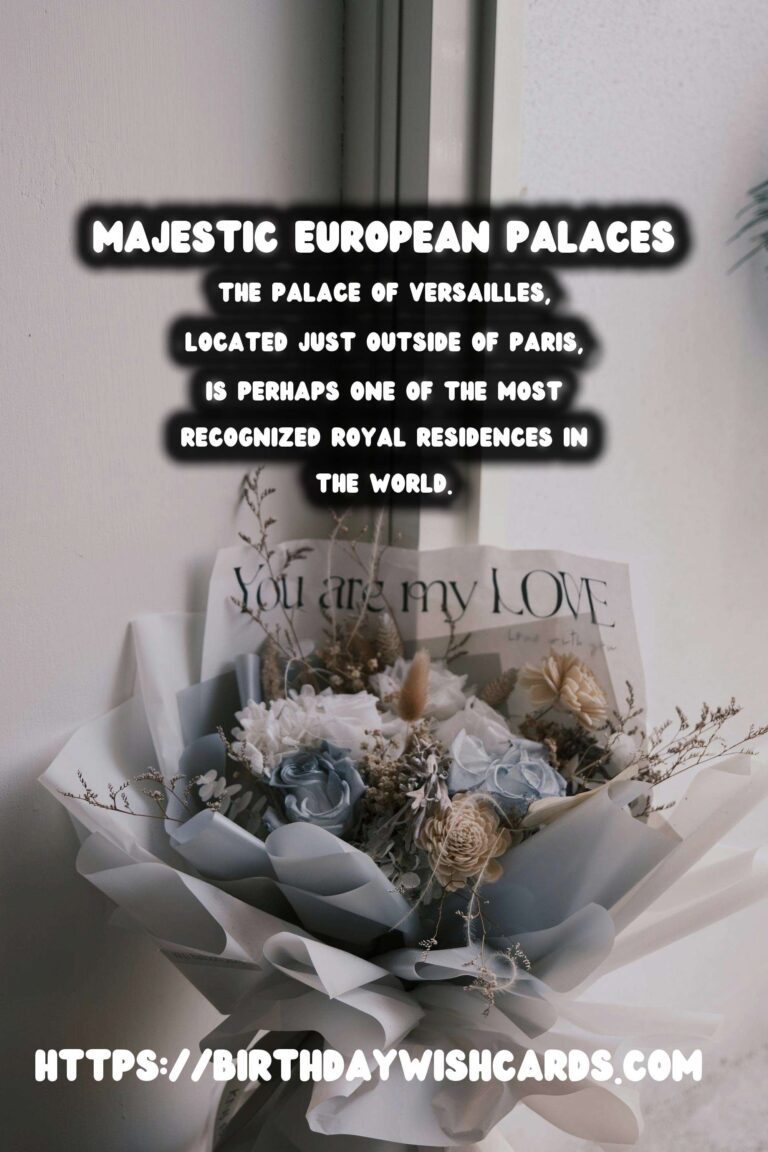
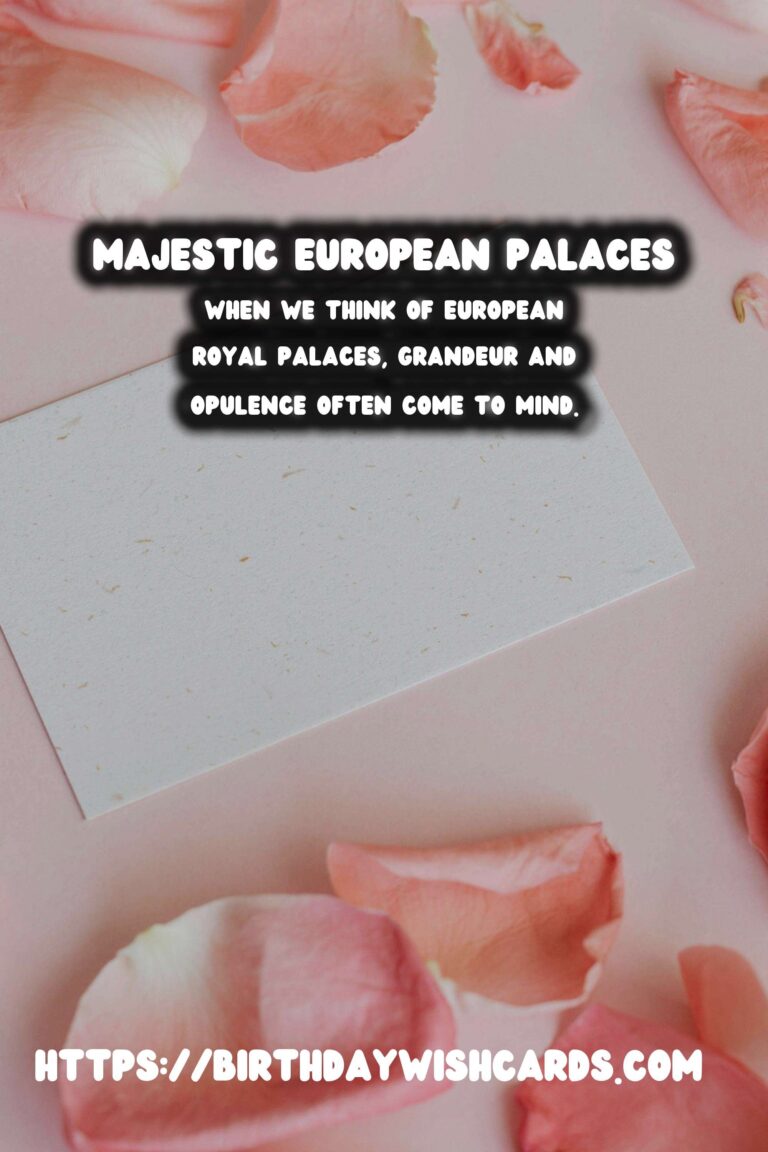
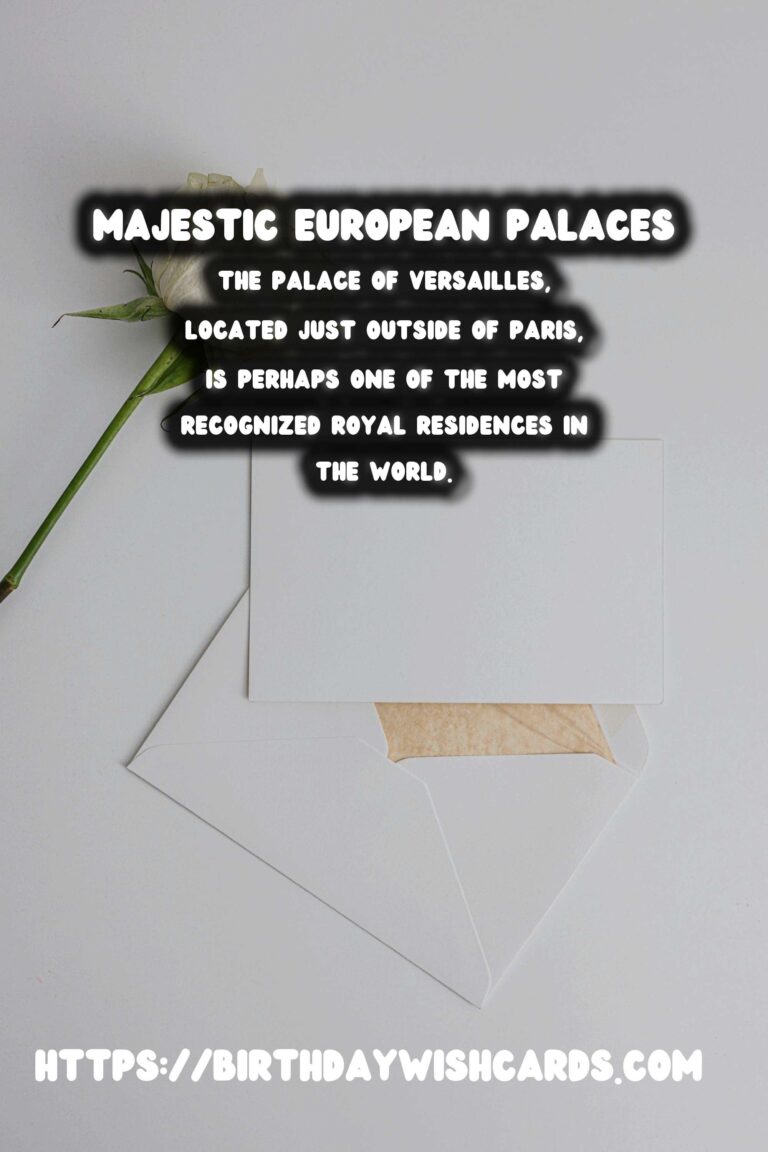
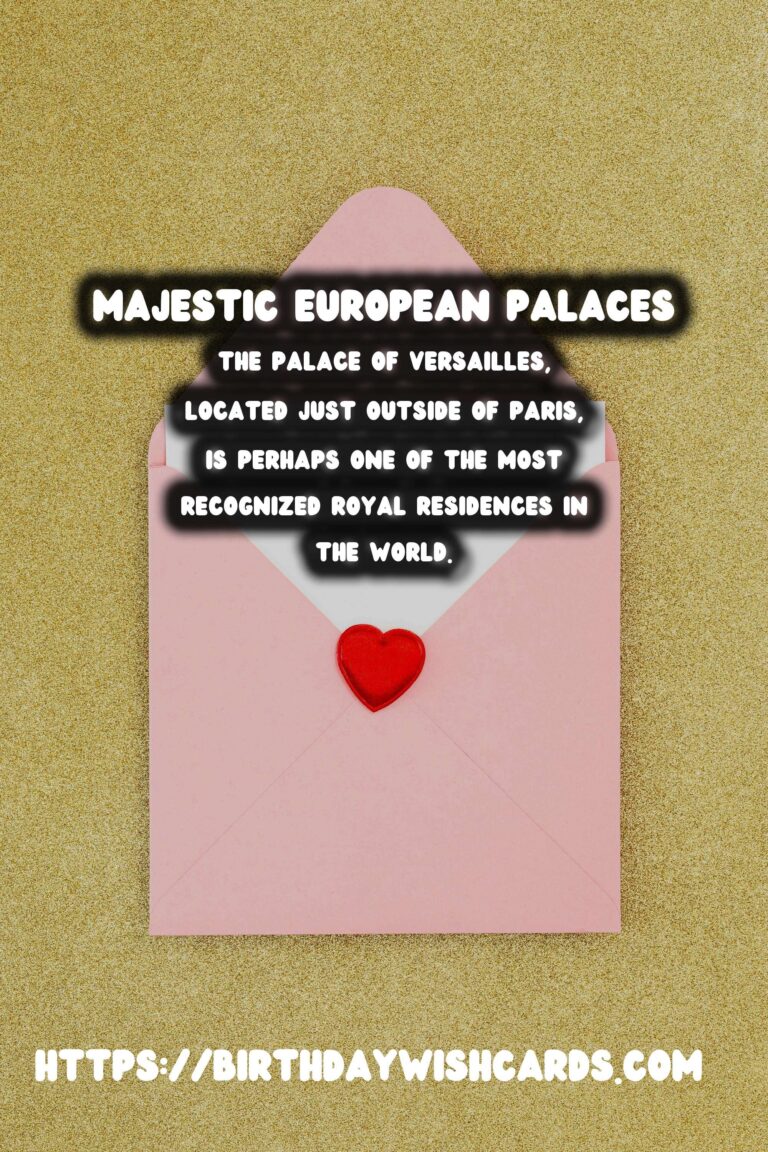
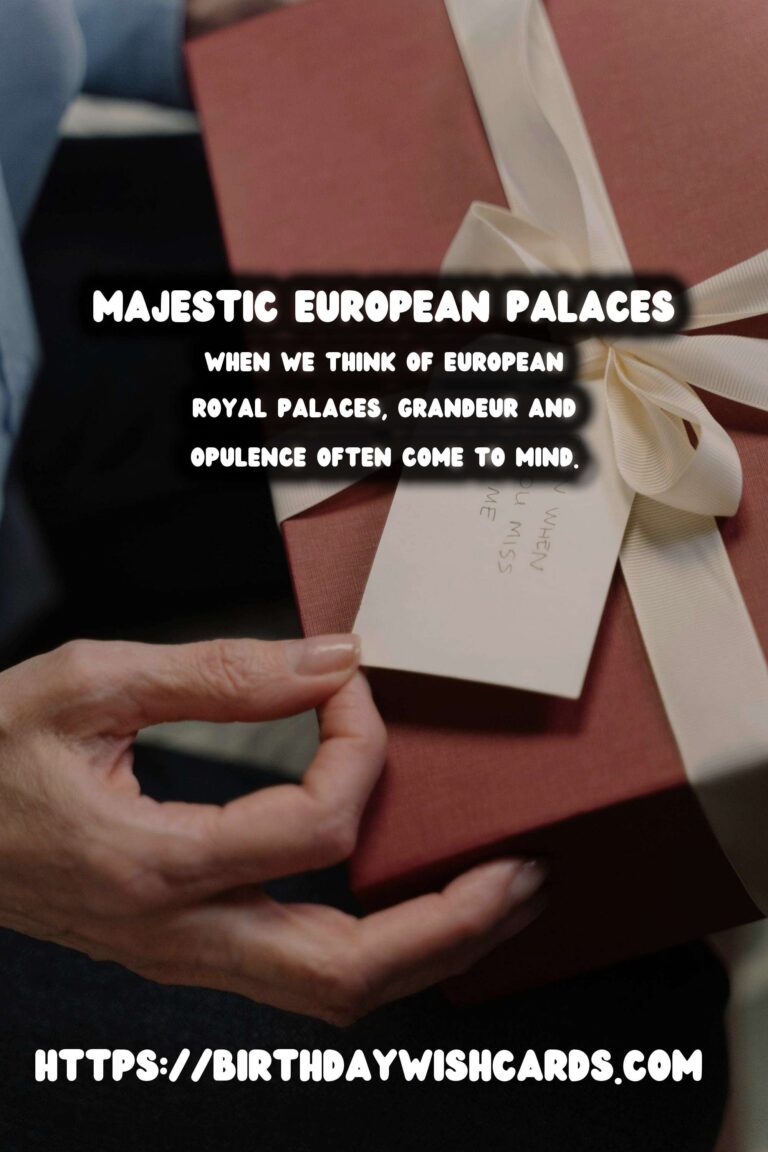
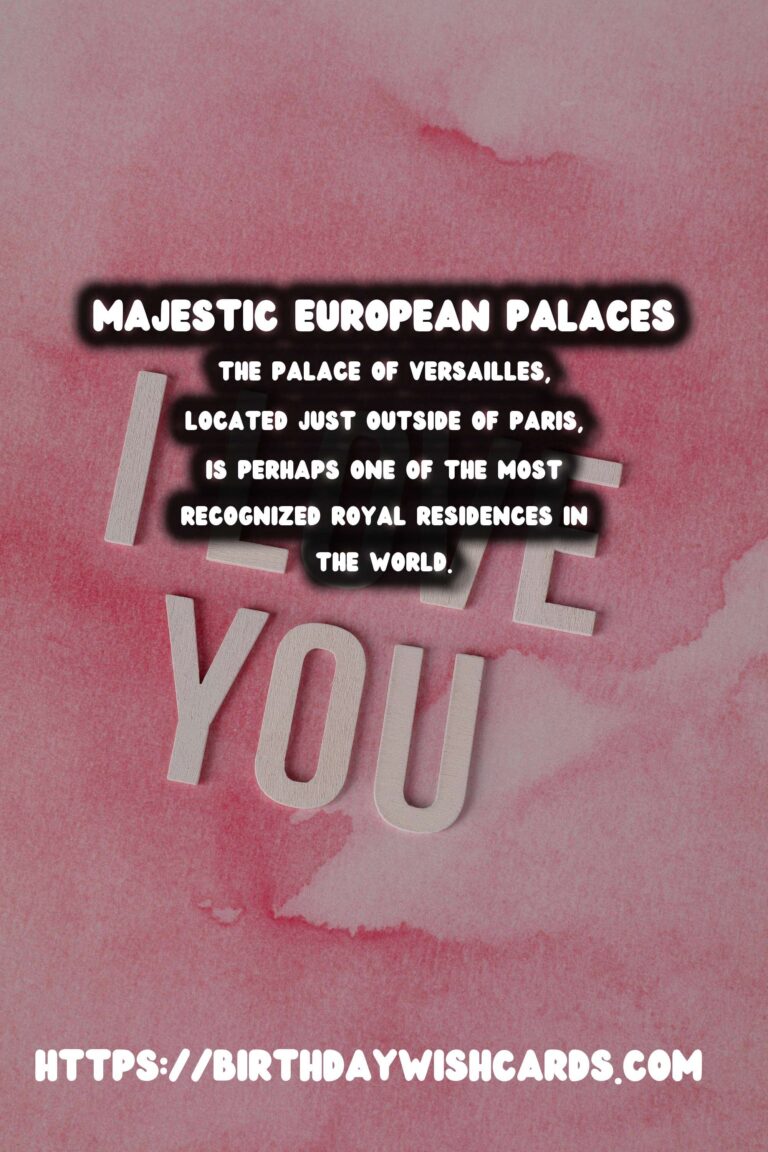
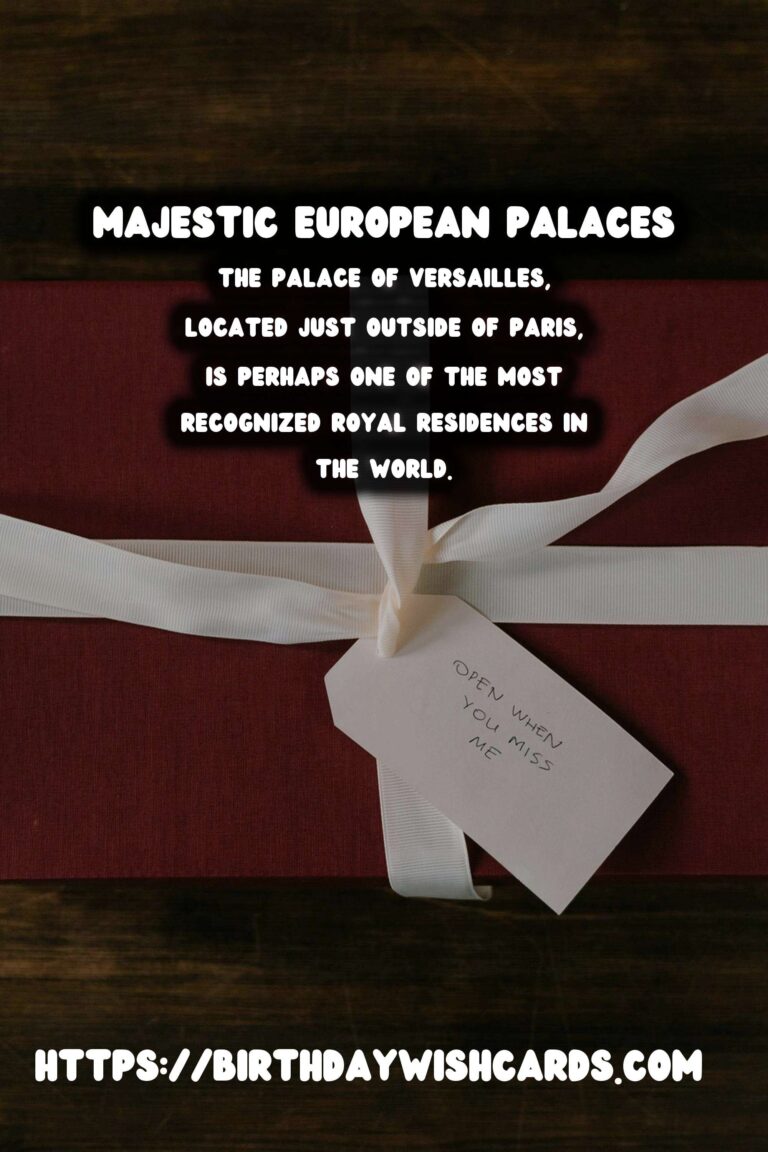
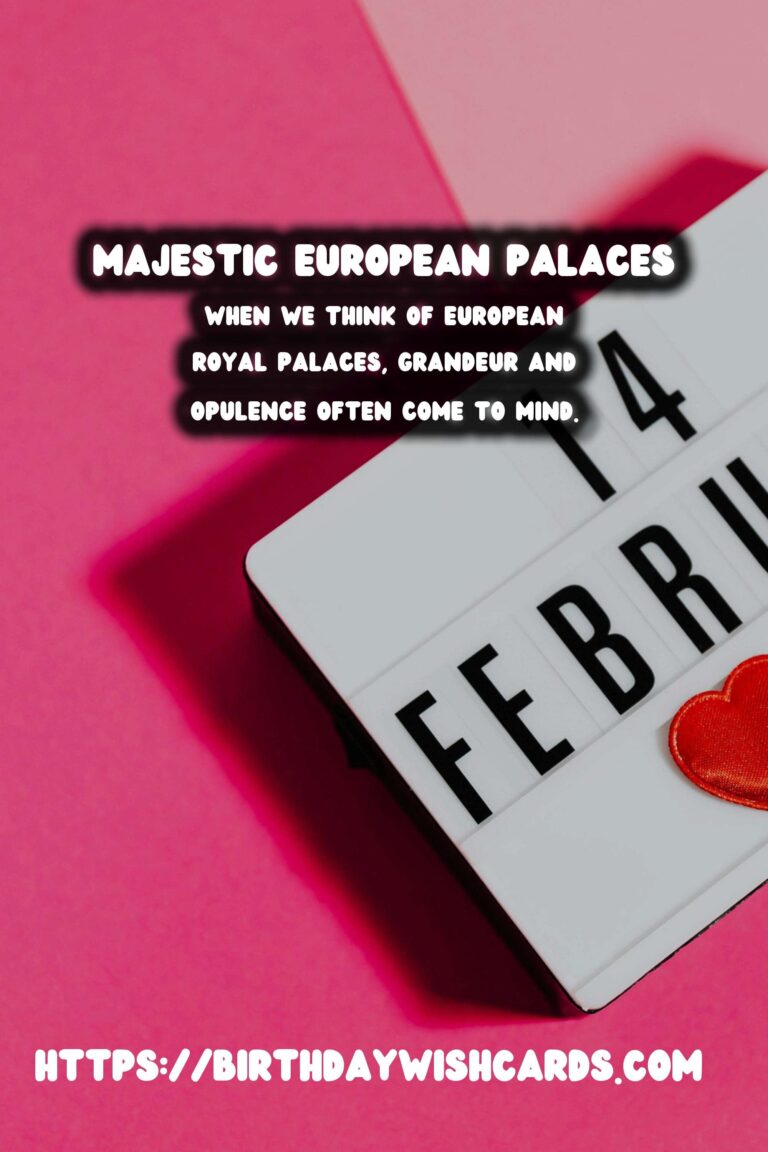
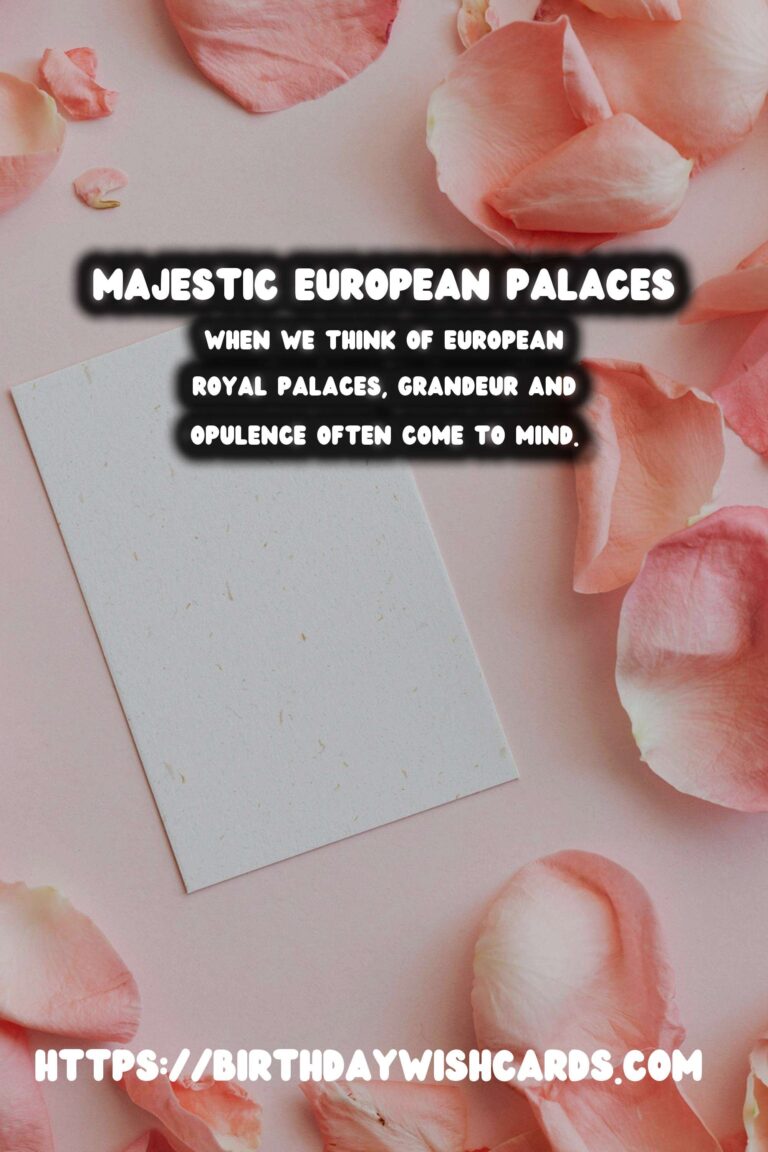
#EuropeanHistory #RoyalPalaces



